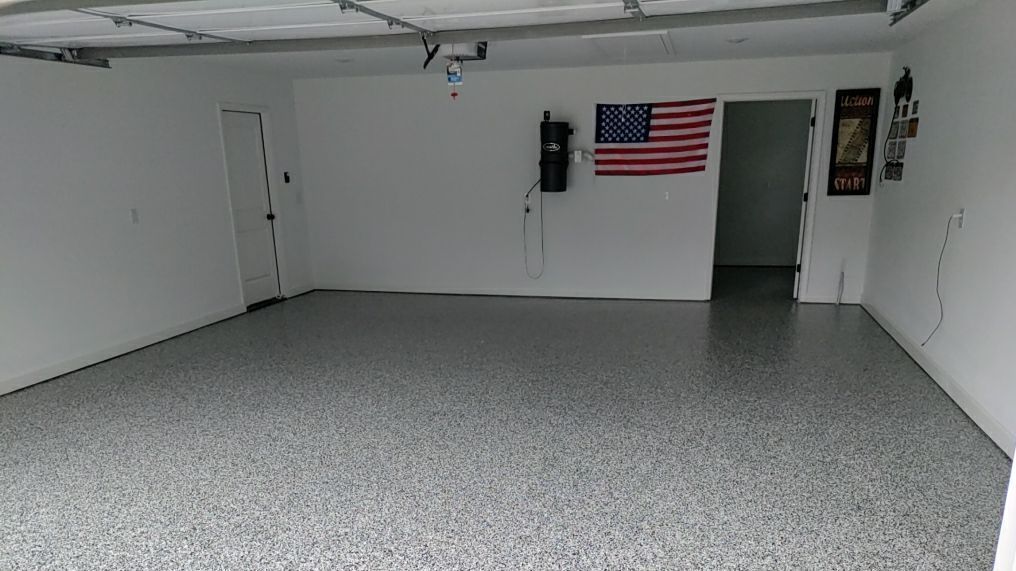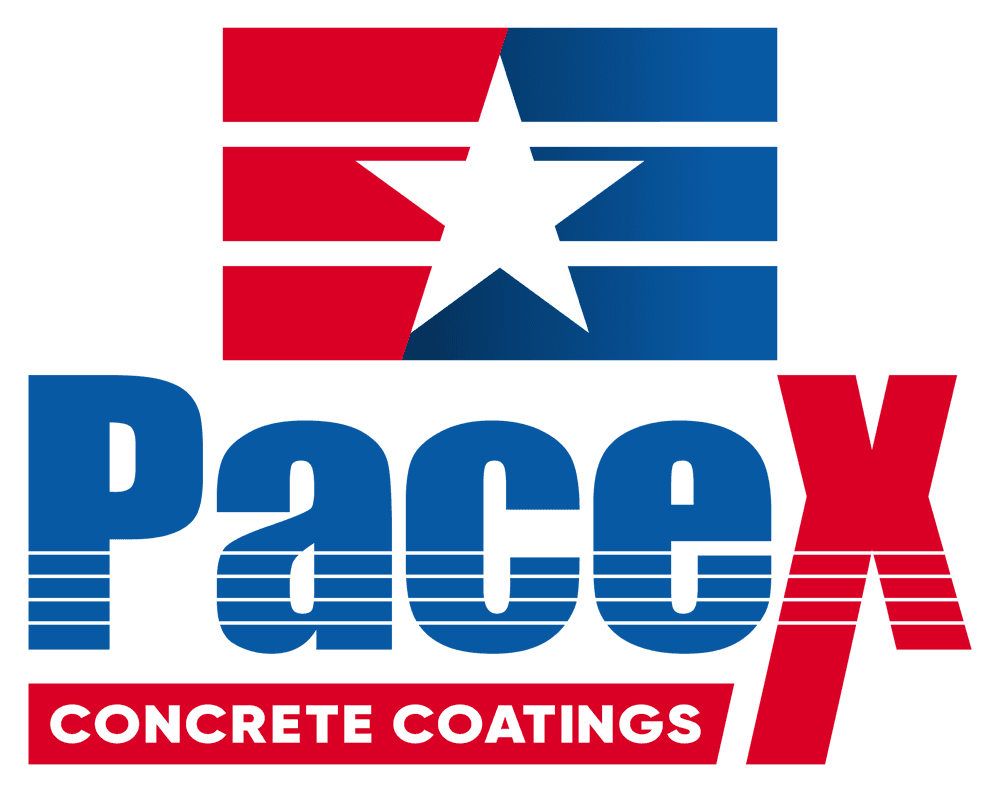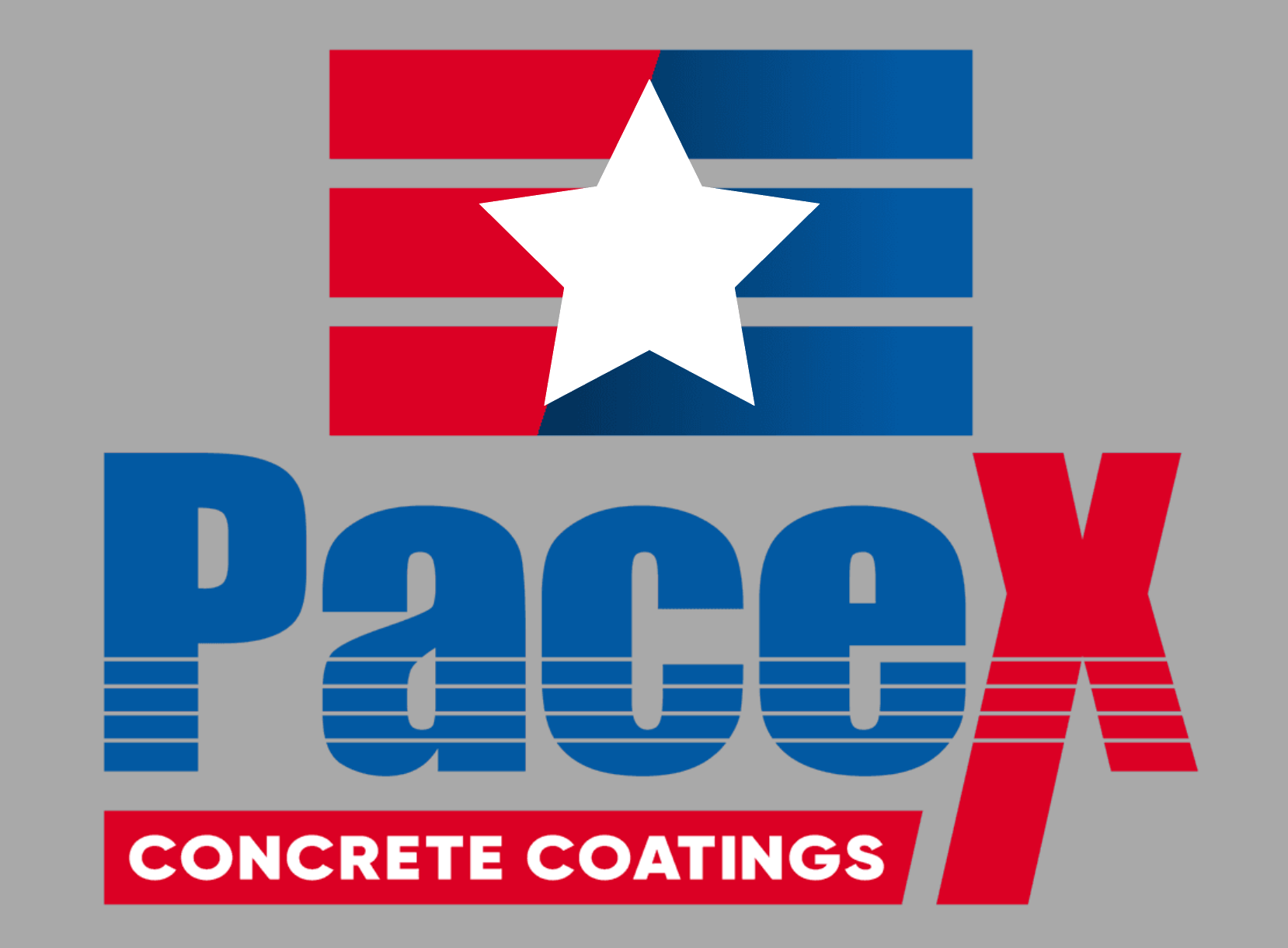How to Protect Your Garage Floor with High-Quality Coatings

Introduction to Garage Coatings
Garage floors take a beating. They deal with dropped tools, chemical spills, and constant traffic. That's why protecting them is crucial. Enter garage coatings. Think of these coatings as a shield for your floor. They not only make the floor look better, but they also add a layer of protection. There are a few common options to consider: epoxy, polyaspartic, and acrylic. Epoxy is popular for its strength and durability. Polyaspartic coatings are known for their quick curing time, allowing you to use your garage sooner. Acrylic, though not as tough as the others, offers a cost-effective way to spruce up your garage. Each option has its pros and cons, but all aim to keep your garage floor in top shape. So, whether you're storing cars, using it as a workshop, or setting up a home gym, applying a quality coating can save you a lot of hassle in the long run.
Why Protect Your Garage Floor?
Garage floors take a beating. From oil spills and chemical stains to heavy equipment and daily foot traffic, they face it all. Without protection, your garage floor can quickly become stained, cracked, or even start peeling. That's where high-quality coatings come into play. Applying a coating to your garage floor can turn it from a maintenance nightmare into a durable, easy-to-clean surface. It’s not just about keeping the floor looking good; it’s about making it last longer and saving you money in the long run. Think about it, fixing a damaged garage floor can be expensive and a hassle. So, coating your floor is like putting armor on it. It resists stains, withstands heavy use, and reduces the amount of dirt tracked into your home. Plus, it enhances the overall look of your garage, potentially boosting your home's value. In a nutshell, protecting your garage floor with a high-quality coating is a smart move for practical, aesthetic, and financial reasons.
Types of High-Quality Garage Coatings
When it comes to protecting your garage floor, you've got options, and not all are created equal. The main players are epoxy, polyaspartic, acrylic, and latex coatings. Epoxy is a heavyweight champion for durability. It's resistant to chemicals and stains, making it perfect for a garage workshop. However, it can be slippery when wet. Then there's polyaspartic. It's like epoxy's quick-drying cousin, setting in just a few hours compared to epoxy's days. It handles temperature extremes better but can hit your wallet harder. Acrylic and latex coatings are easier on your budget. They're simpler to apply and good for DIY enthusiasts. Acrylic offers a nice shine and quick drying time, while latex is kinder to the environment. Each type has its ring to fight in – it all boils down to what your garage floor goes through on a daily basis and, of course, how much you're willing to spend.
Preparing Your Garage Floor for Coating
Before you slap on that coating, your garage floor needs some prep work. Otherwise, you're wasting both time and money. Here's the deal: start with cleaning. And I mean really cleaning. Get rid of all the dirt, grease, and old paint. A good degreaser can handle the grease, and a pressure washer will get the rest. Stuck-on stuff? Scrape it off. Once it's clean, it's time to rough it up a bit - think of it as giving your floor some grip. You can use a sander or a shot blaster for this part. Now, here comes the critical part: fixes. Cracks or chips in your floor? Fill them in. Not doing so is like wearing a new suit with old, worn-out shoes. Lastly, make sure it's dry. Coating a damp floor is asking for trouble. So, give it time to dry thoroughly before moving on to coating. And that's how you prepare your garage floor for coating. No shortcuts.
Step by Step: Applying Garage Coatings
First, clear your garage. Take everything out. You need the space. Sweep and clean. No dirt should remain. Next, repair cracks. Use concrete filler. Let it dry. Now, it’s etching time. Mix etching solution with water. Follow the instructions. Always wear gloves and masks for safety. Spread the etching solution. Use a stiff-bristled broom. Cover every inch. Rinse thoroughly. Wait for it to dry. It might take a day. Mixing the coating comes next. Follow the product’s instructions. Mix well. Start applying. Use a roller for large areas, brushes for edges. Work in small sections. Keep a wet edge to avoid marks. Let the first coat dry. Check the manufacturer’s advice for the time. Usually, it’s overnight. Apply the second coat. This ensures durability. Wait for it to fully cure. This might take a few days. Avoid walking on it till then. Finally, admire your work. Your garage floor is now protected.
Tips for Choosing the Right Coating for Your Garage
When you're picking a coating for your garage floor, think practical and tough. You want something that doesn't just look cool but can take a beating and keep on shining. First, know what you're working with. Epoxy, polyurethane, and polyaspartic are your main players here. Epoxy is the go-to for many because it's tough as nails and doesn't cost a fortune. It's great for making sure stains and spills clean up easy. Polyurethane is your pick if you're worried about scratches or UV rays fading the color. It's a bit more flexible than epoxy, making it good at resisting those minor dents and dings. Polyaspartic is the speed demon of the group, drying super fast, which means your garage doesn't have to be off-limits for days. It's also really good at fighting off stains and UV damage.
Next, think about your garage's workload. If you're constantly working on cars, dropping tools, or spilling stuff, you'll need something that can take a hit and shrug it off. In that case, epoxy or polyaspartic might be your best bet.
Lastly, consider the look you're going for. These coatings come in a bunch of colors and can even mimic granite or other fancy finishes. Just remember, the fancier you go, the more it might cost.
So when choosing, remember: know what each type does, think about your garage's needs, and pick a style that won't break the bank. Keep it smart and simple.
Maintenance and Care for Coated Garage Floors
Taking care of coated garage floors is straightforward, but it needs regular attention to keep them looking spanking new. First things first, keep it clean. Dust and dirt can scratch the surface. Use a broom or a blower every week to get rid of debris. For deeper cleaning, a mild detergent and water will do the trick. Avoid harsh chemicals or cleaners; they can damage the coating. Spills happen, especially with oil or grease, but don't let them sit. Wipe them up as soon as you notice to prevent stains. If you're seeing small scratches or wear, don't panic. Many coatings can be touched up or recoated. Just make sure to follow the manufacturer's instructions or call a professional if you're unsure. Lastly, consider adding mats under your car or in high-traffic areas. They can help protect the floor even more. Trust me, a little effort goes a long way in keeping your garage floor coating in top condition.
The Lifespan of Garage Floor Coatings
When picking out a garage floor coating, one crucial thing you want to know is how long it's going to last. Right? Well, good quality epoxy and polyaspartic floor coatings often come with a lifespan of 20 to 30 years if applied correctly. That's a long time, but it's not just about slapping the coating down. The durability depends on a few key things. First, how well your garage floor is prepped before the coating goes on. If the surface isn't clean or if it's not smooth, the coating won't stick as well, and that knocks years off its life. Second, the type of traffic and how much abuse the floor takes. Regular cars, bikes, and storage items? You're probably on the high end of that lifespan. Heavy machinery, constant heavy foot traffic, or dropping heavy tools frequently? That’s going to shorten it. Lastly, how well you maintain it. Sweeping off dirt or wiping up spills helps keep the coating in good shape. Simple steps, but they make a difference. So, if you're thinking long-term for your garage floor, a quality coating, proper prep work, and a bit of regular cleaning go a long way.
Common Mistakes to Avoid with Garage Coatings
When it comes to protecting your garage floor with a coating, it's not just about picking a product and slapping it on. You need to dodge some common pitfalls to ensure the best protection and longevity. First off, skipping surface preparation is a big no-no. Your coating won't stick properly without cleaning and possibly etching the concrete to rough it up a bit. Just rolling out paint or epoxy without prepping is like building a house on sand – it's not going to last. Another misstep is ignoring the weather report. Temperature and humidity play huge roles in how well coatings adhere and cure. Follow product instructions to the letter concerning weather conditions. Opting for the cheap stuff might tempt you, but remember, you get what you pay for. Low-quality coatings might look good for a hot minute but expect them to wear out or peel way sooner than higher-quality options. Lastly, patience is a virtue. Don't rush the drying and curing process. Rushing can lead to a floor that's more vulnerable to damage and wear, making all your hard work for naught. Keep these tips in mind, and you're on your way to a garage floor that's not just protected but also adds value to your home.
Conclusion: Enhancing Your Garage with Durable Coatings
Choosing the right coating for your garage floor is a game changer. Not only does it protect your floor from spills, stains, and wear, but it also transforms your space from drab to fab. High-quality epoxy or polyaspartic coatings are the go-to options for durability and style. Epoxy is tough, resistant to most chemicals, and comes in a variety of colors. It's your budget-friendly warrior. Polyaspartic coatings, though pricier, cure faster and resist UV light better, keeping their color longer without yellowing. Both options are solid but think about what your garage faces daily. If it's heavy traffic or harsh chemicals, lean towards the one that battles these best. Remember, investing in a quality coating now saves you headaches and costs later. Your garage isn't just for parking. It's a part of your home's appeal and functionality. Protect it, enhance it, and enjoy the benefits of a smart choice.
All Rights Reserved | Pace X Concrete Coatings | Powered by Chatter Marketing, Inc. | Privacy Policy




